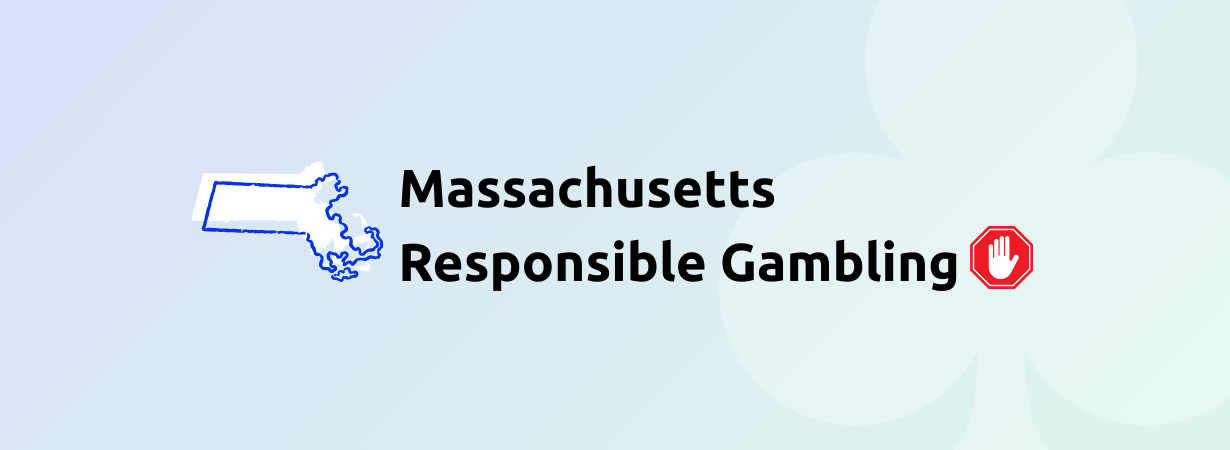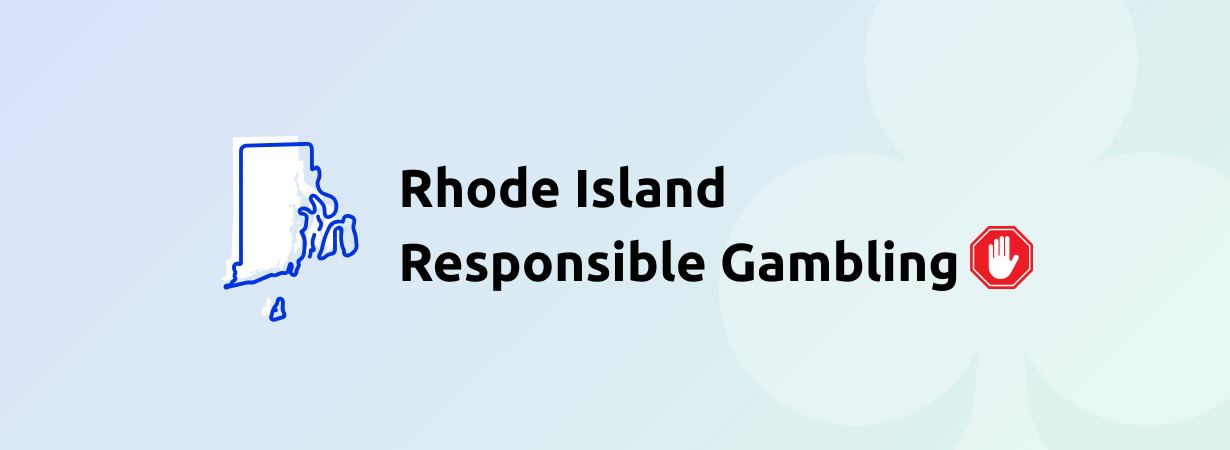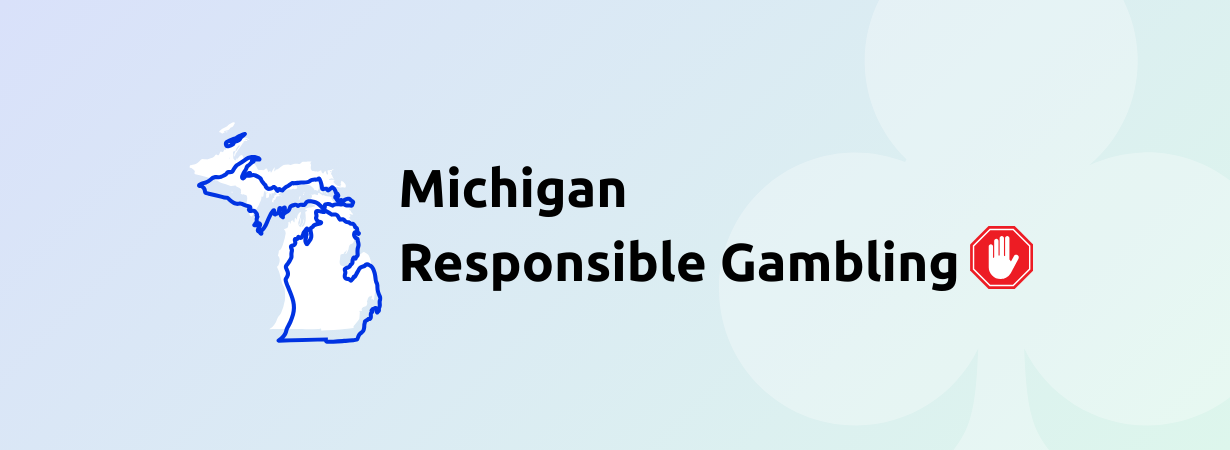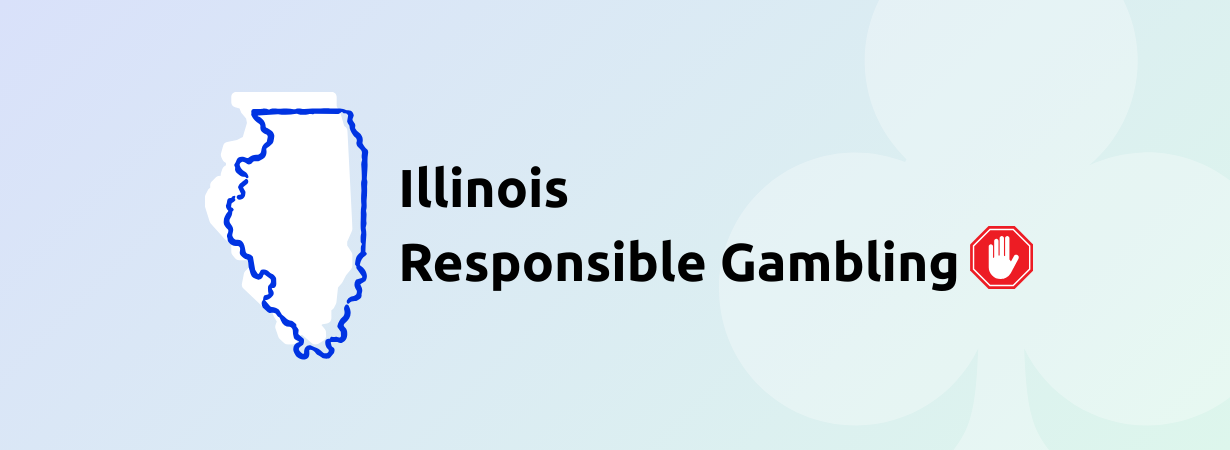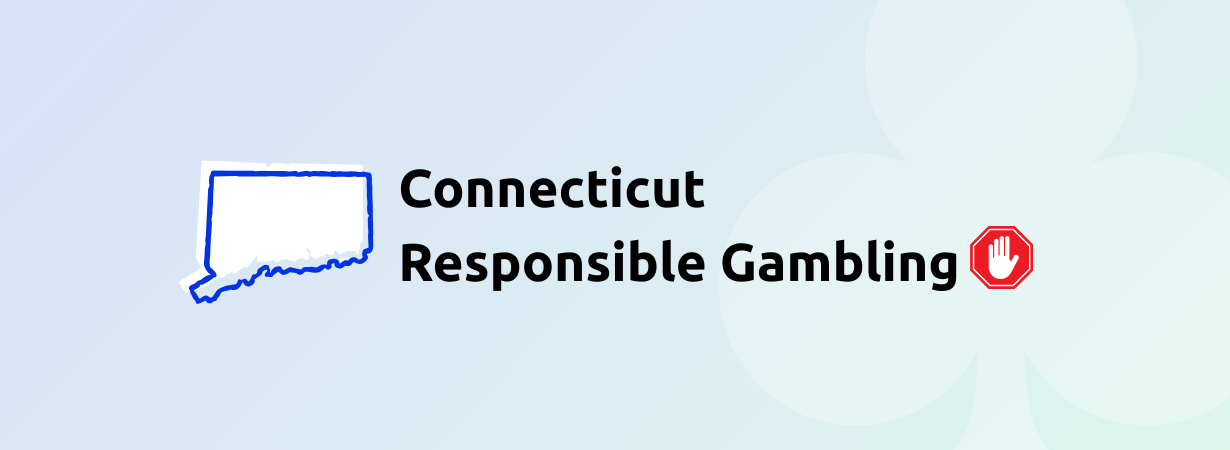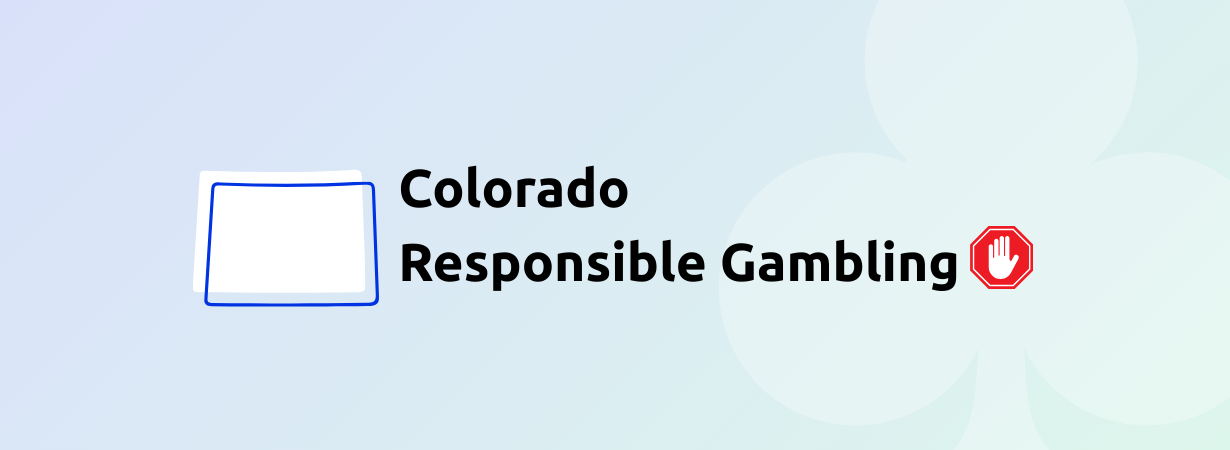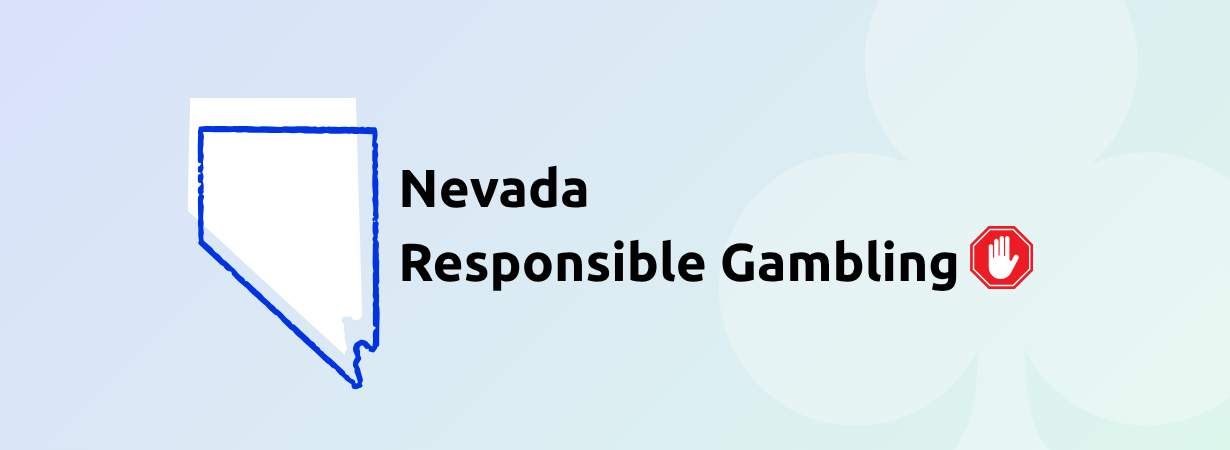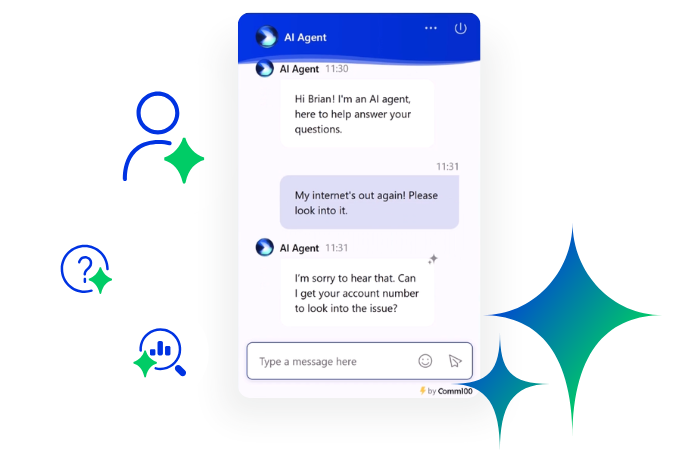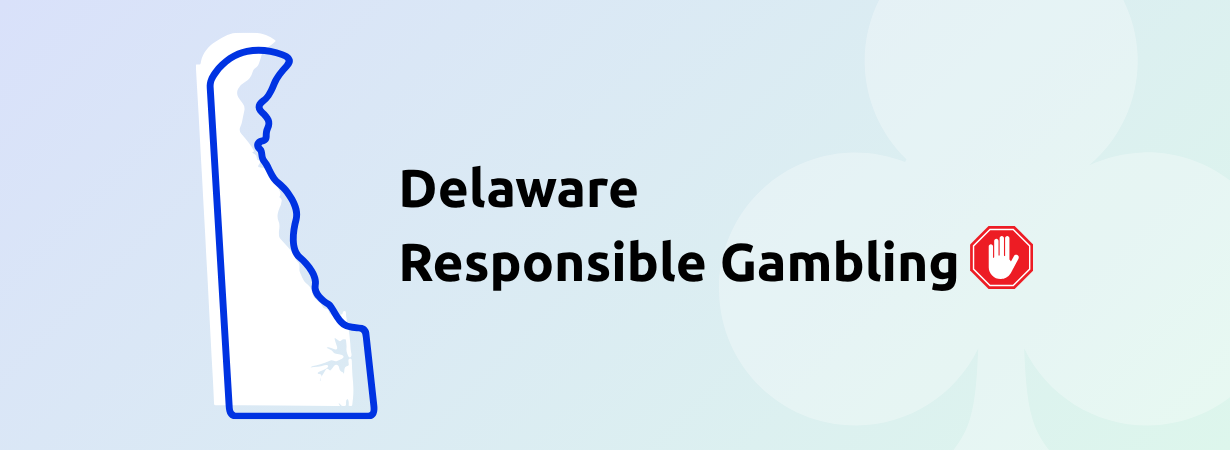Customer expectations have fundamentally shifted in the last few years. Previously, customer support was limited to either the phone or in-person visits. Then + Read More
It’s live! Access exclusive 2025 live chat benchmarks & see how your team stacks up.
Get the dataBlog
Featured Posts
The best support ticket is the one that never gets created. That principle drives the growing adoption of customer self-service across industries. Rather + Read More
Higher education institutions face a unique challenge: prospective students expect immediate answers while navigating the most significant financial and life decisions they’ve made + Read More
Massachusetts has emerged as a national leader in responsible gambling regulation, combining casino gaming oversight with one of the most comprehensive public health + Read More
Florida’s responsible gambling requirements are defined by a combination of state slot-machine gaming statutes and rules and responsible gambling safeguards included in the + Read More
Rhode Island operates two casinos (Twin River Lincoln, Tiverton) with VLTs, table games, sports betting (Sept 2019), and iGaming (authorized June 2023). Rhode + Read More
Companies spend an average of $4,100 per employee on onboarding, per a study by SHRM, yet only 12% of employees think their organization + Read More
Higher education institutions face a convergence of pressures in 2026 that will fundamentally reshape how they operate. Federal funding faces unprecedented cuts. Enrollment + Read More
The world of iGaming is fiercely competitive, with countless platforms vying for players’ attention and loyalty. While attracting new players is essential, the + Read More

Be in the know!
By clicking "Subscribe", you agree to our Privacy Policy.
Michigan is home to an expansive gaming market that includes traditional casino gaming, a state lottery, horse racing, and both retail and online + Read More
Illinois operates one of the nation’s most expansive gaming markets with 17 casinos, over 36,000 video gaming terminals, and comprehensive sports betting legalized + Read More
Connecticut has a modern, highly regulated gambling framework that covers online casino gaming, retail and online sports wagering, fantasy contests, keno, and online + Read More
Overview Colorado operates a distinct limited gaming market authorized in three historic mountain towns: Black Hawk, Central City, and Cripple Creek. The state’s + Read More
New Jersey operates one of the most comprehensive and mature gaming markets in the United States. The Garden State’s gambling landscape includes Atlantic + Read More
Intercom helped define what modern customer communication looks like. It brought in-app messages, live chat, onboarding flows, and behavioral targeting into one environment + Read More
Zendesk remains a dominant force in customer service software, but its complexity and premium pricing structure drive many businesses to explore alternatives. Whether + Read More
Operators constantly hunt for ways to keep players engaged. They invest in flashy graphics, smoother gameplay, bigger bonuses, and loyalty programs. Yet many + Read More
What if every student had a personal assistant, ready to answer questions, offer guidance, and simplify their academic journey—all without ever taking a + Read More
Overview Nevada maintains one of the oldest and most established gaming regulatory frameworks in the United States. Gambling was first legalized in 1931 + Read More
Overview Delaware holds a unique position as one of the first states to embrace comprehensive online gambling, having legalized internet gaming in 2012. + Read More




